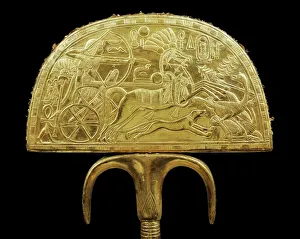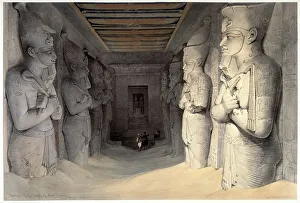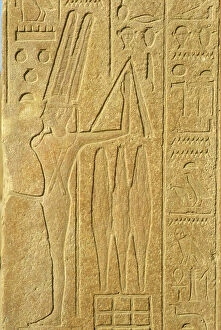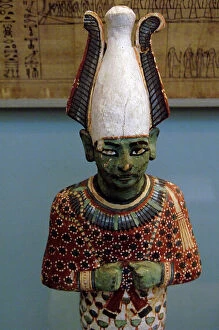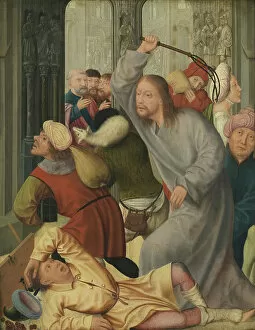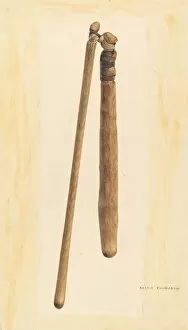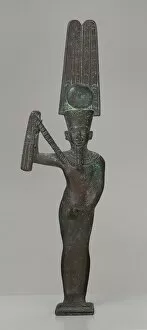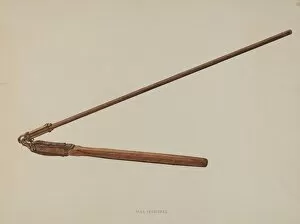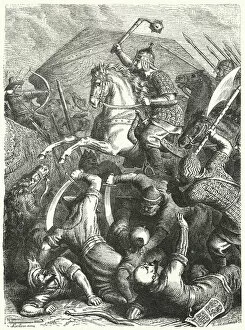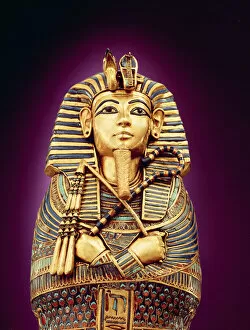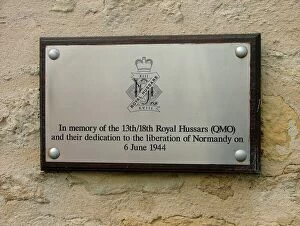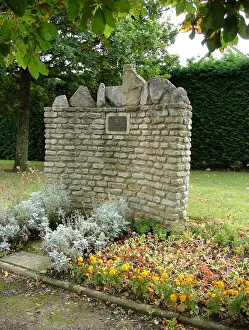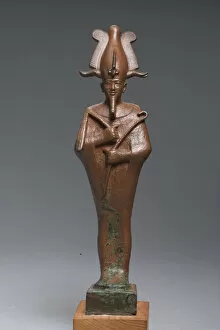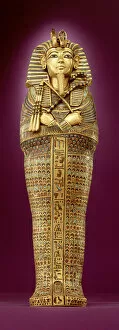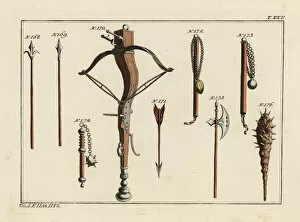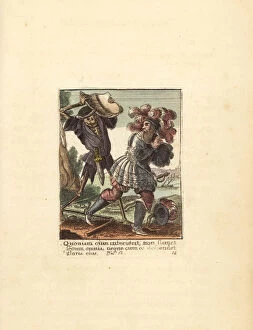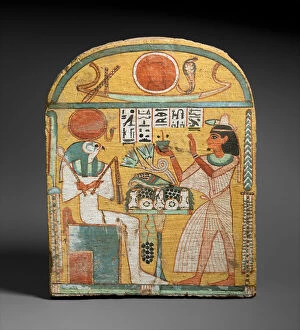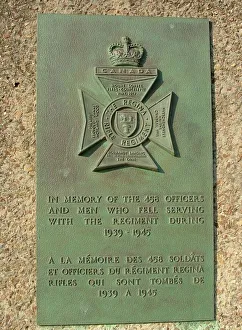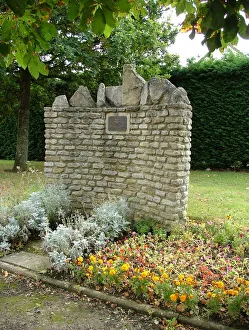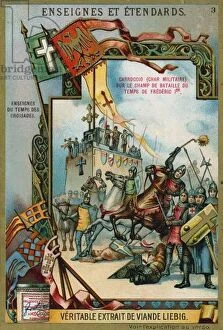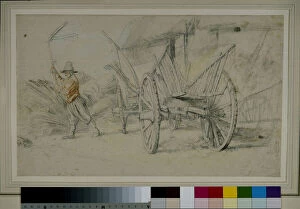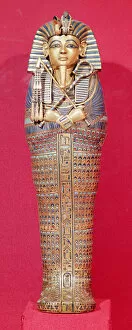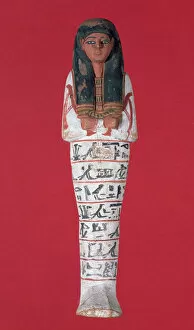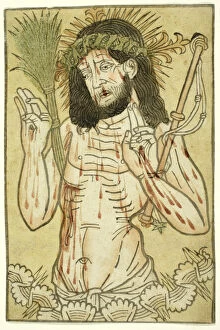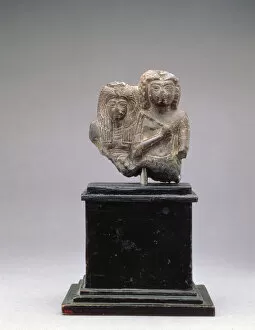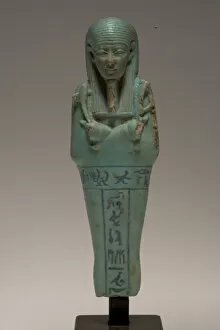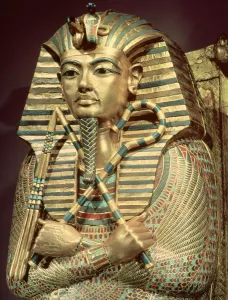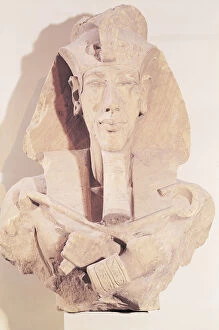Flail Collection
"Unleashing the Power: Exploring the Flail in Ancient Art and History" Discovering Tooth and Flail by H. M. Bateman, a captivating depiction of ancient weaponry
All Professionally Made to Order for Quick Shipping
"Unleashing the Power: Exploring the Flail in Ancient Art and History" Discovering Tooth and Flail by H. M. Bateman, a captivating depiction of ancient weaponry. The kings fly-whisk, an intriguing artifact from Tutankhamun's tomb, symbolizing power and authority. Giant limestone statues of Ramses II grasping the crook and flail, showcasing his divine rule over Egypt. Hatshepsut's Osirian statue, a mesmerizing representation of her connection to the afterlife. Statuettes of Osiris made from granite during Egypt's Third Intermediate Period, offering insight into their religious beliefs. A beautifully painted wooden statuette of Osiris that brings to life the vibrant culture of ancient Egypt. 18th-century artwork depicting alterlife rituals featuring Atef Crook - a powerful symbol associated with Egyptian deities. Johann Zizka's portrayal in Book of the Dead/20 showcases how flails were used as weapons during medieval times. Colossus of Ramesses II reveals intricate details on an Osiride pillar found in Nubia’s Temple of Gerf Hussein during New Kingdom era (sandstone). A unique farmer in grass coat sculpture from Japan highlights cultural variations where flails were utilized for agricultural purposes too. Christ driving money-changers out using forceful actions akin to wielding a symbolic flail against corruption within temples (oil on panel).

